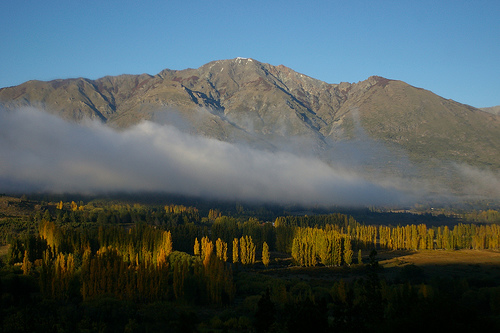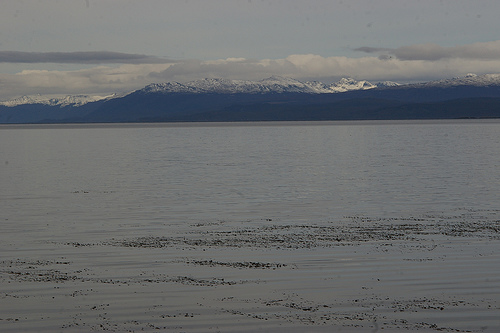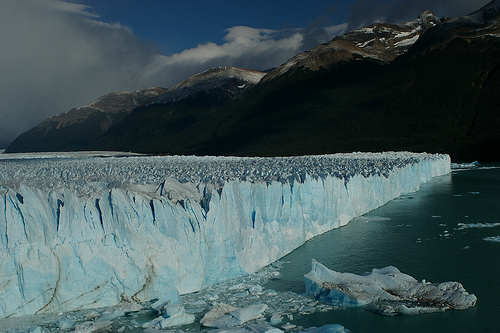Here we are in Buenos Aires–again–which is a weird feeling. For one, we’ve been here before, so we know things about this city, like how to use the metro, where to get amazing bbq ribs, and how to orient yourself in relation to the Obelisk. So there’s a familiarity… an alien feeling to us backpackers, accustomed to bouncing from unknown to unknown. But more than that, it symbolizes a coming full circle. It is our last stop on this continent, before we fly to Central America for a short stop on our way home. We’ve got an apartment here, so much of this is reminiscent of home: the familiarity of the city, the space we call our own every night, the approaching return flight that hangs over us. For whatever reason or combination of reasons related to these, I have been mentally composing two lists:
THINGS I WILL MISS ABOUT SOUTH AMERICA AND/OR BACKPACKING
1. This has to top the list: $3 bottles of wine. Not just any wine. Good wine. REALLY good wine tops out around $10.
2. Seeing dogs (and cats) everywhere. Read More…









